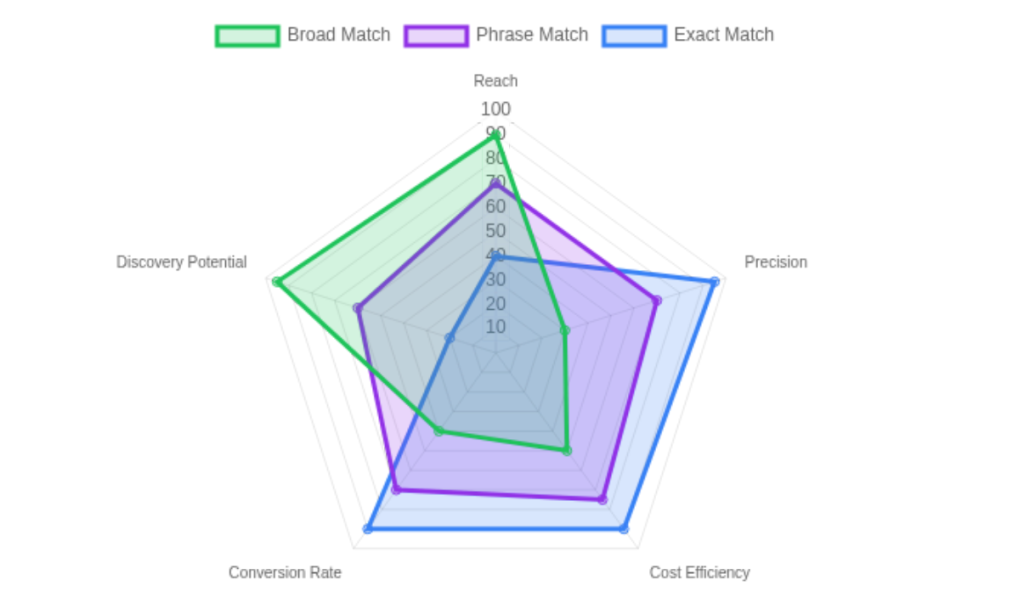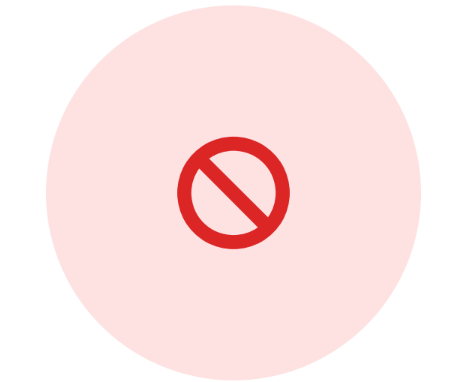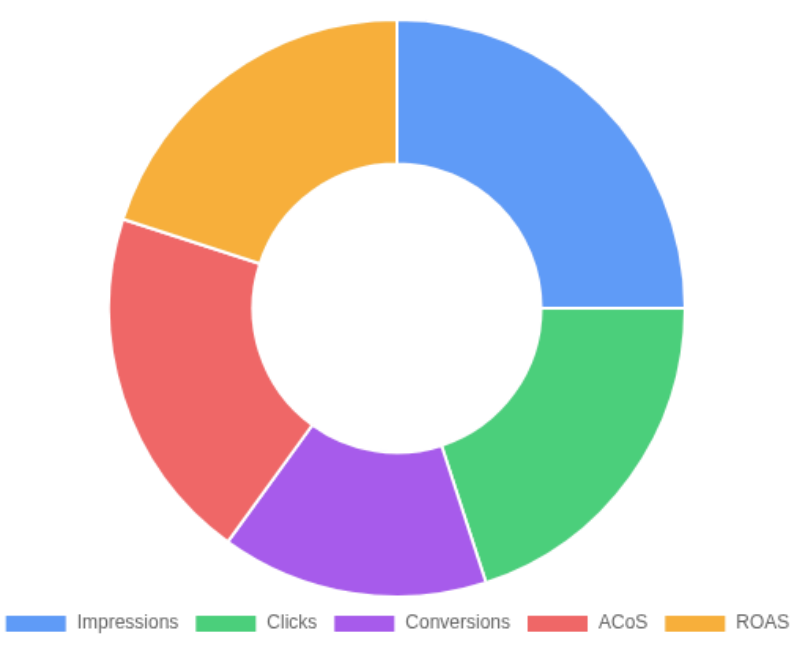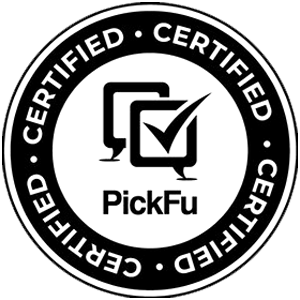Advanced Amazon PPC Tactics
Moving Beyond the Basics to Maximize Your ROI and Dominate the Competition
3
3
5

The Reality Check
So you’ve heard of what Amazon PPC is, and you’ve learned a thing or two. But if you’re not satisfied,
you want to know more and take your Amazon entrepreneurship to the next level. Then it’s time to move
beyond the basics and embrace advanced Amazon PPC tactics.
That’s where working with an experienced Amazon PPC agency can give you a serious edge. With
expert Amazon PPC management, you ensure your campaigns are structured, optimized, and scaled with
precision—maximizing both reach and ROI.
Master Your Keywords
Understanding the three different types of keyword indexing in Amazon PPC
campaigns is crucial for success

Broad Match

Exact Match
Best for: High precision targeting and maximizing ROI

Phrase Match
Best for: Balance between precision and reach
Keyword Match Types Performance Comparison

Finding the Best Keywords
Two proven methods to discover high-performing keywords
Amazon Search Bar
Free and incredibly effective tool that everyone can use
- Begin typing a keyword related to your product in the Amazon search bar
- Note the suggested search terms based on popularity and relevance
- Repeat with different variations to uncover additional keyword ideas
- Analyze related products that appear in search results
Keyword Research Software
- Helium10 Features:
- Cerebro for competitor keyword analysis
- Search volume and competition data
- Keyword trend analysis
- PPC bid suggestions

Utilize Negative Keywords
Keywords or phrases that you do NOT want your ads to appear for
Example:
Selling coffee mugs? Add “travel” as a negative keyword to avoid showing ads for “travel mugs”
searches, ensuring your ads only appear for relevant coffee mug searches
Why It Matters:
Avoid wasting money on irrelevant clicks and increase the chances of getting clicks from genuinely
interested customers.
Amazon PPC Campaign Types
Three main campaign types, each serving different purposes and goals
Campaign Performance by Objective

- Sponsored Products
Appear in search results and product detail pages to promote individual products and increase sales.
Optimization Strategy:
Group related products by shared keywords or themes. Create targeted ad groups with relevant copy and images.

- Sponsored Brands
Optimization Strategy:

- Sponsored Display
Optimization Strategy:

Amazon PPC Campaign Types
Three main campaign types, each serving different purposes and goals

Performance Monitoring

Performance Monitoring

Search Terms Analysis

Conversion Tracking

Competitor Analysis

Campaign Adjustments
Conversion Tracking

Leave It to the Experts
Running a successful PPC campaign takes serious dedication, effort, and
calculation. If your aim is to be as efficient and effective as possible, then it
wouldn’t hurt to leave everything to the experts
Advanced Analytics
Deep analysis and split testing for optimal performance
24/7 Monitoring
Proven Results
Reduced ACoS and scaled best-performing ad sets
AMZ One Step Expert Services




